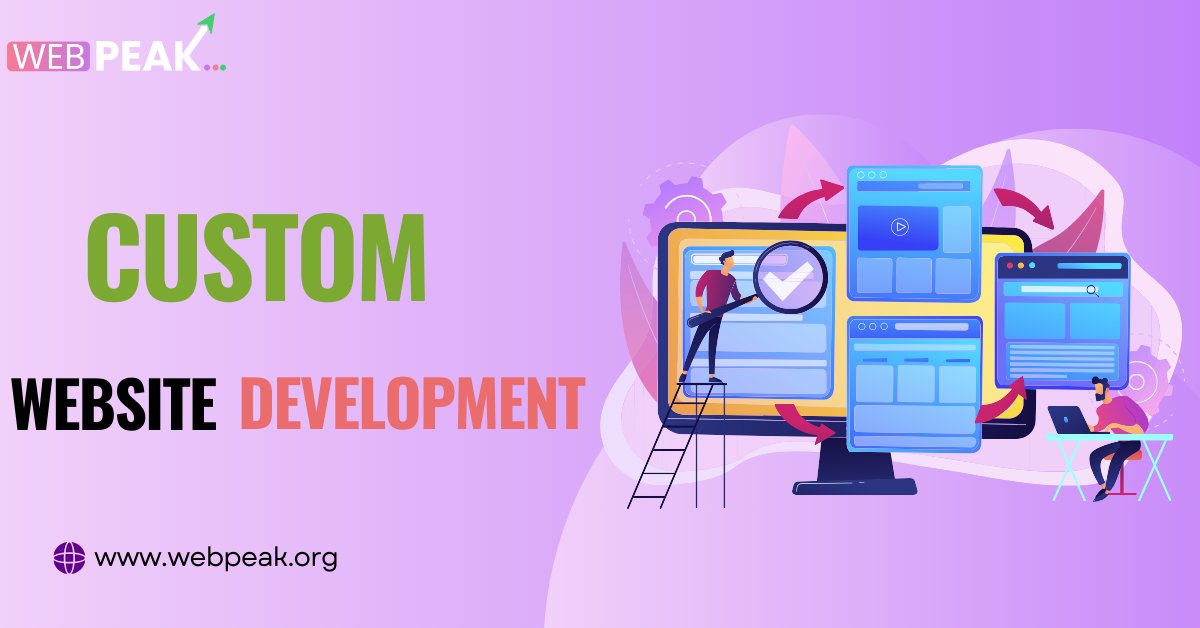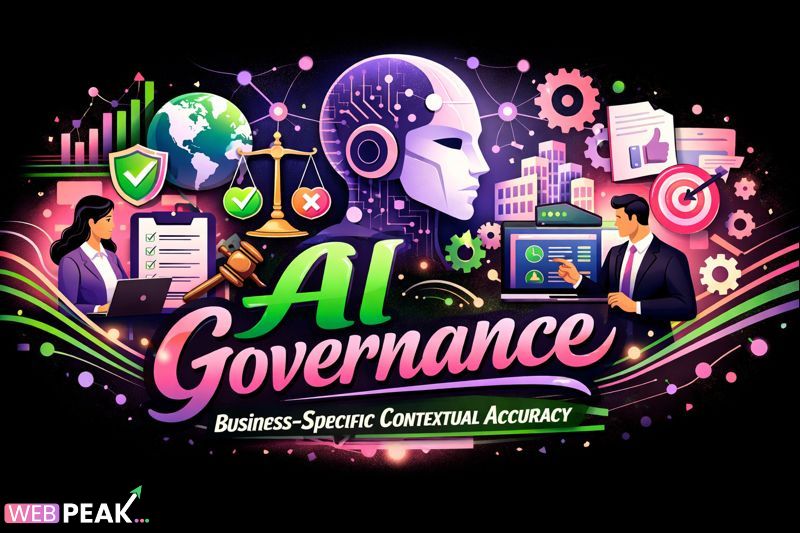Custom Website Development: A Comprehensive Guide
In the digital era, a website is often the first point of interaction between businesses and their customers. While there are numerous templates and drag-and-drop website builders available, custom website development stands out as the most powerful way to establish a unique online presence. It offers tailored solutions, better performance, and scalability that pre-designed options cannot match.
This article explores custom website development, why it matters, the process involved, and how businesses can leverage it to stay competitive.
What is Custom Website Development?
Custom website development refers to the process of building a website from scratch to meet specific requirements, as opposed to using pre-made templates or generic platforms. It involves creating a design, coding functionalities, and structuring a site tailored to a brand’s needs and audience.
Unlike template-based sites, which can feel restrictive and generic, custom websites are versatile and aligned with your business goals. This personalized approach makes them ideal for companies looking to stand out in a competitive market.
Why Choose Custom Website Development?
Unique Design and Branding
Custom websites allow businesses to create a design that reflects their brand identity. Every element, from fonts to colors to layouts, can be customized to resonate with the target audience. This ensures the website aligns with the brand’s personality and creates a memorable user experience.
Enhanced User Experience (UX)
Tailored websites focus on user-centric design. Developers can optimize navigation, ensure fast load times, and create interactive features that engage visitors. A positive UX translates to higher customer satisfaction and retention.
Scalability
As businesses grow, their digital needs evolve. A custom website can easily scale to accommodate increased traffic, additional features, and integration with new technologies without compromising performance.
Better SEO Performance
Custom websites are built with SEO in mind. Developers can structure the website to improve search engine indexing, ensure mobile responsiveness, and optimize load times—factors that significantly impact SEO rankings.
Security
Security is critical in today’s online landscape. Custom-built websites allow for advanced security protocols to be integrated, reducing the risk of vulnerabilities often associated with popular CMS platforms.
The Process of Custom Website Development
Planning and Research
Before coding begins, developers and stakeholders work together to define the website's purpose, target audience, and objectives. This phase includes:
- Market Analysis: Understanding competitors and industry trends.
- User Personas: Identifying the target audience's needs and preferences.
- Feature Definition: Listing the must-have functionalities.
Designing the Website
The design phase is crucial for creating a visually appealing and functional layout. Designers use wireframes and prototypes to map the user interface (UI) and ensure intuitive navigation. Tools like Figma and Adobe XD are commonly used during this stage.
Key considerations in this phase include:
- Aesthetic consistency with branding.
- Responsive design for mobile and desktop users.
- Placement of call-to-action (CTA) elements.
Development and Coding
Once the design is finalized, developers begin coding the website. This stage involves front-end and back-end development:
- Front-End Development: Focuses on the visible aspects of the website, such as layout, colors, and animations. Technologies like HTML, CSS, and JavaScript are used here.
- Back-End Development: Involves creating the server, database, and application logic to ensure smooth functionality. Languages like Python, PHP, or Node.js are often utilized.
Testing and Quality Assurance
Before launching, the website undergoes rigorous testing to identify and fix bugs. This phase includes:
- Performance Testing: Ensures fast load times and responsiveness.
- Compatibility Testing: Verifies that the website works across browsers and devices.
- Security Testing: Identifies vulnerabilities and ensures robust protection.
Launch and Maintenance
After thorough testing, the website is deployed to a live server. However, the process does not end there. Regular maintenance is essential for updating features, fixing bugs, and enhancing security.
Technologies Used in Custom Website Development
Programming Languages
• HTML/CSS: For structuring and styling content.
• JavaScript: For adding interactivity and dynamic content.
• PHP/Python/Node.js: For server-side logic.
Frameworks
• Front-end Frameworks: React.js, Angular, and Vue.js for creating interactive interfaces.
• Back-end Frameworks: Laravel, Django, and Express.js for robust server-side functionality.
Content Management Systems (CMS)
Although custom development often bypasses traditional CMS platforms, some businesses integrate custom features into CMS solutions like WordPress or Drupal for flexibility.
Databases
• Relational Databases: MySQL or PostgreSQL for structured data.
• NoSQL Databases: MongoDB for unstructured or scalable solutions.
Advantages of Custom Website Development Over Templates
| Aspect | Custom Development | Template-Based |
|---|---|---|
| Design Flexibility | Fully customizable | Limited to predefined layouts |
| Performance | Optimized for specific needs | Generic performance |
| Scalability | Easily scalable | Limited by platform |
| Security | Advanced security options | Vulnerable to common threats |
| Cost | Higher initial cost | Lower upfront cost |
Challenges in Custom Website Development
While custom websites offer numerous advantages, they also come with challenges:
- Higher Cost: Custom development requires a bigger upfront investment compared to templates.
- Longer Development Time: Building a website from scratch takes longer than using pre-designed templates.
- Maintenance Effort: Custom websites require ongoing updates and technical support.
Conclusion
Custom website development offers unparalleled flexibility, performance, and scalability. Though it requires more investment in terms of both time and money, the long-term benefits in terms of unique branding, user experience, and growth potential make it a worthwhile investment for many businesses.
If you're considering custom web development, consult with a reputable agency that can guide you through the process and deliver a product that aligns with your business goals and objectives.





